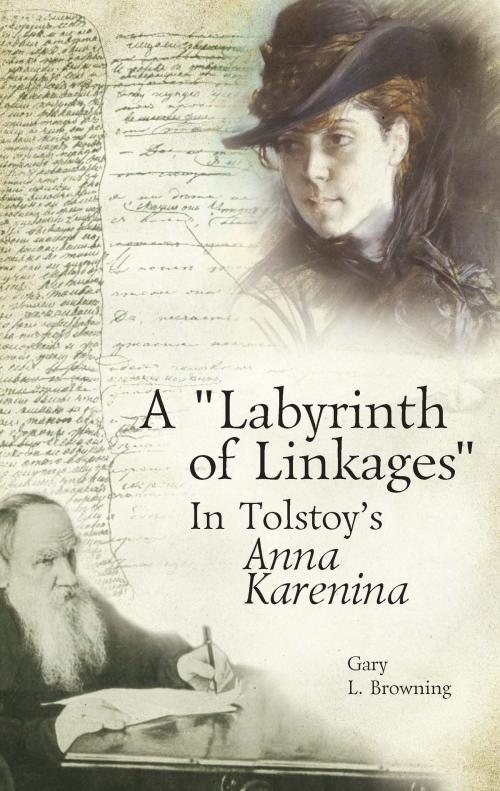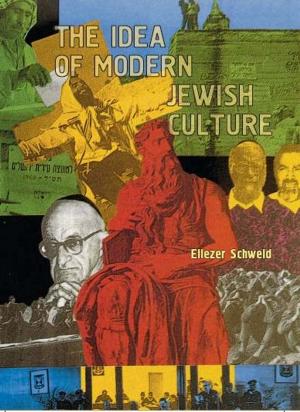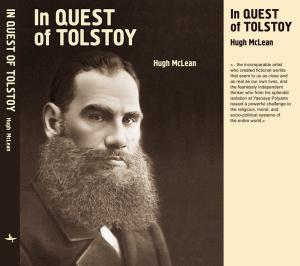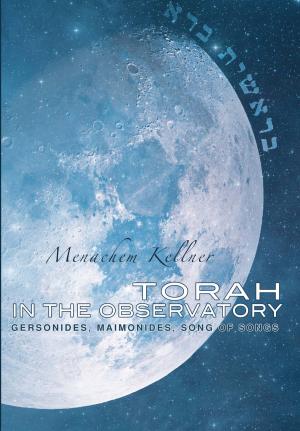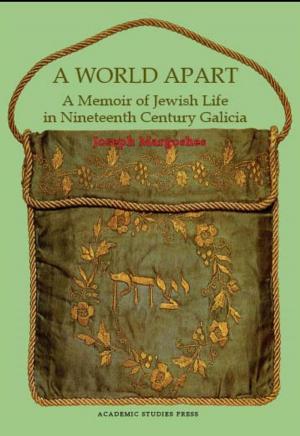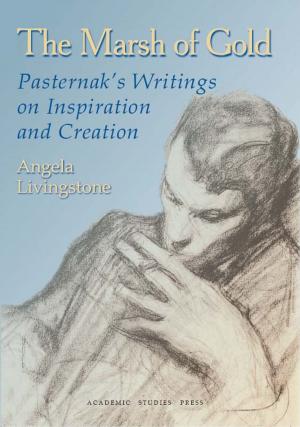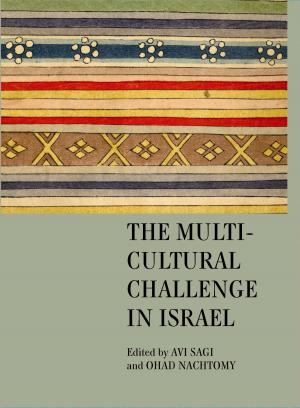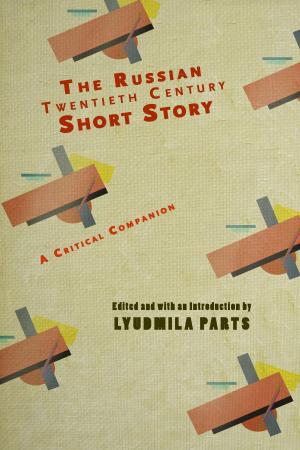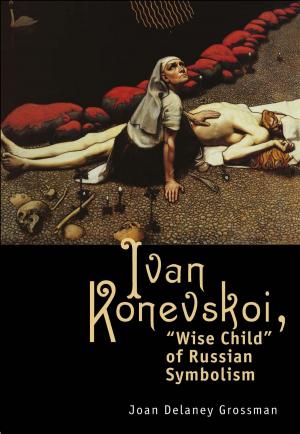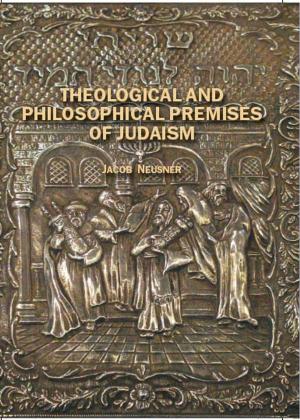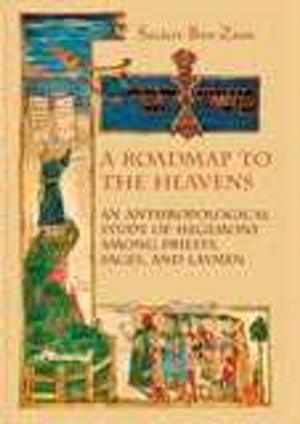A Labyrinth of Linkages in Tolstoy's Anna Karenina
Fiction & Literature, Literary Theory & Criticism, European, Russian| Author: | Gary Browning | ISBN: | 9781618110039 |
| Publisher: | Academic Studies Press | Publication: | August 1, 2010 |
| Imprint: | Academic Studies Press | Language: | English |
| Author: | Gary Browning |
| ISBN: | 9781618110039 |
| Publisher: | Academic Studies Press |
| Publication: | August 1, 2010 |
| Imprint: | Academic Studies Press |
| Language: | English |
The renowned Russian writer Leo Tolstoy created a realistic masterpiece in Anna Karenina (1878). In the same work, moreover, he utilized allegory and symbol to an extent and at a level of sophistication unknown in his other works. In Brownings study, the author identifies and analyzes previously unnoticed or only briefly mentioned linkages and keystones found in two highly developed clusters of symbols, arising from Annas momentous train ride and peasant nightmares, and of allegories, rooted in Vronskys disastrous steeplechase. Within this labyrinth of symbol, allegory and structural patterning lies embedded much of the novels most significant meaning. This study will be of particular interest to students and scholars of Russian literature, Tolstoy, symbol, allegory, structuralism, and moral criticism.
The renowned Russian writer Leo Tolstoy created a realistic masterpiece in Anna Karenina (1878). In the same work, moreover, he utilized allegory and symbol to an extent and at a level of sophistication unknown in his other works. In Brownings study, the author identifies and analyzes previously unnoticed or only briefly mentioned linkages and keystones found in two highly developed clusters of symbols, arising from Annas momentous train ride and peasant nightmares, and of allegories, rooted in Vronskys disastrous steeplechase. Within this labyrinth of symbol, allegory and structural patterning lies embedded much of the novels most significant meaning. This study will be of particular interest to students and scholars of Russian literature, Tolstoy, symbol, allegory, structuralism, and moral criticism.
